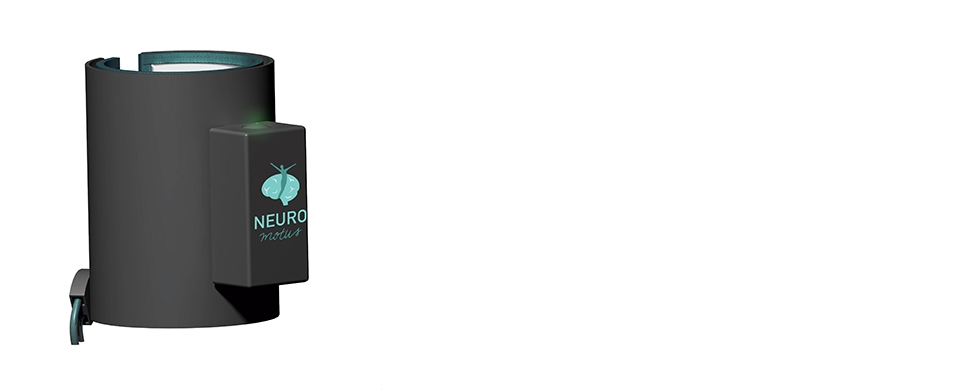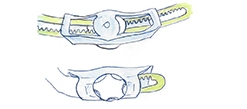Training System
Towards a User Friendly Home Training System for Neuromuscular Rehabilitation
Master’s thesis in Industrial Design Engineering and Product Development
Summary
Phantom limb pain has long been a difficult affection to treat due to insufficient knowledge of its cause. In collaboration with Chalmers University of Technology and the Sahlgrenska University Hospital, Integrum AB have, as a world leading company in osseointegrated prosthetics, developed a method for neuromuscular rehabilitation of the phantom pain. Via EMG signals acquired from the residual limb, the user controls a virtual representation of the lost limb in an augmented reality environment. This gives the user visual feedback of the performed movements.
The objective of this master thesis was to make an existing system for phantom limb pain treatment available to more users, and the goal was to deliver a prototype which supports the transition from neuromuscular rehabilitation in a clinical setting to training in the user’s home.Through literature studies, interviews and observations, data needed to establish user needs and a target specification was gathered. Partial solutions were generated for the functions of the product, combined and refined to create a final concept.
The final concept is a product system consisting of an electrode band, as well as a controller box compatible both with the band and with single use electrodes. The electrode band facilitates the placement of electrodes on the residual limb, and allows the user to keep them in the same position for every training session. Because of variations in the anatomy of the residual limb, the pattern of electrodes in the band can be customised for optimal signal reading. The band also allows for a certain range of size adjustment, and is easy to handle with only one hand. For improved signal acquisition, point pressure is applied over the electrodes.
The controller box houses the electronics for processing the EMG signals, and can be attached on the electrode band to reduce disturbances in the signals.
Skriv ut ![]()


